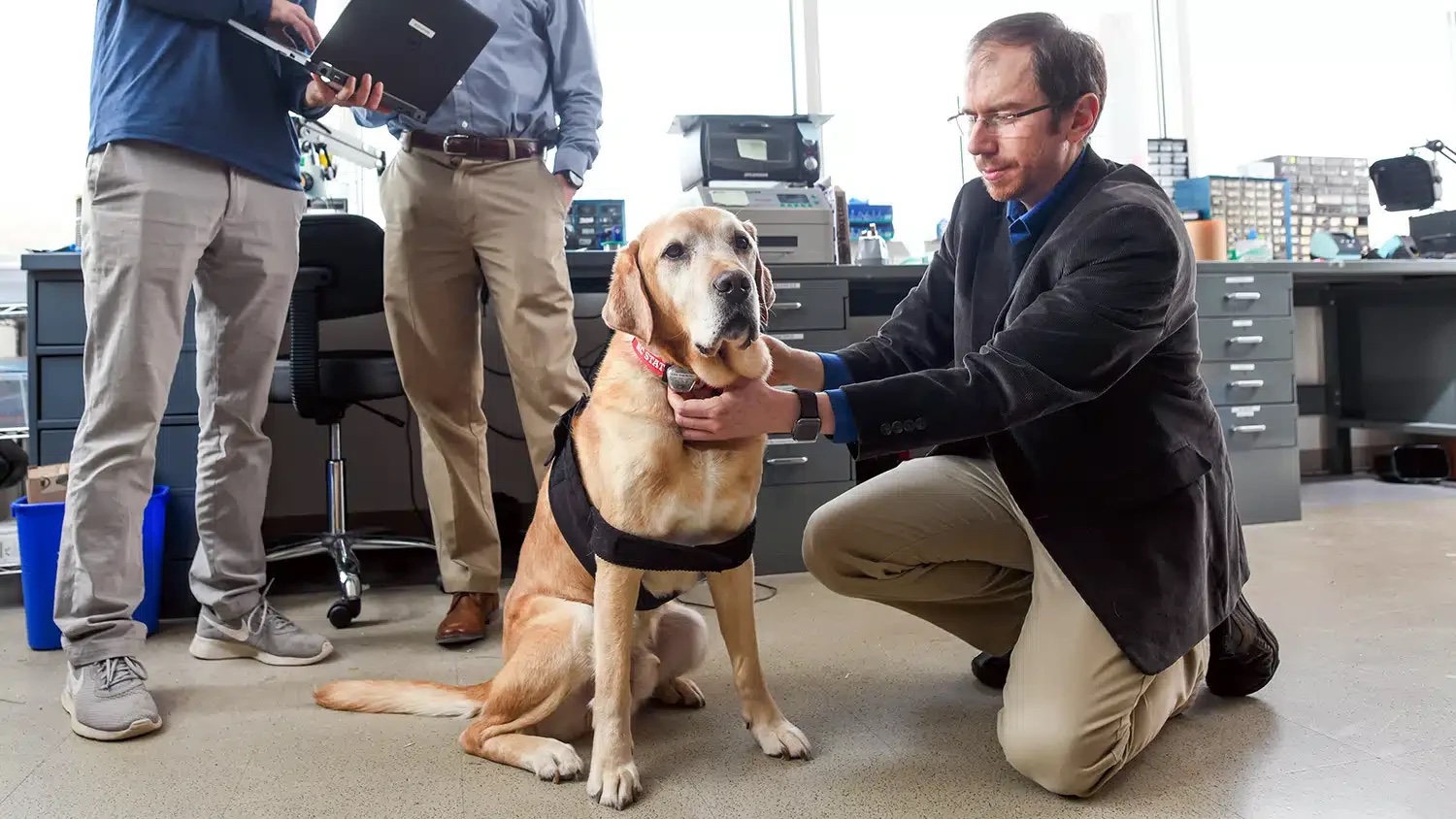A professor in the Department of Mechanical and Aerospace Engineering at NC State University along with co-investigators from the Departments of Biomedical Engineering and Electrical and Computer Engineering and the University of North Carolina has been awarded a grant of more that $2.9 million from the National Institute of Health (NIH) to research methods for identifying cancer aggressiveness using ultrasound technology.
Associate professor Dr. Marie Muller will serve as principal investigator for the project, titled “Quantitative Assessment of Angiogenesis using Ultrasound Multiple Scattering,” and she has partnered with her fellow researchers to propose real-time quantitative assessment of angiogenesis based on Ultrasound Multiple Scattering (USMS) analysis from raw ultrasound data.

“Angiogenesis is recognized as a biomarker of cancer malignancy. Ultrasonic (US) imaging, super-resolution ultrasound, micro Doppler and acoustic angiography enable the imaging of vessel networks, but the information provided by these images is not quantitative,” the proposal’s abstract states. “The proposed USMS parameters will enable the development of biomarkers of cancer aggressiveness. We will validate our methods for cancer applications, but this novel biomedical imaging technology will find applications beyond cancer (to atherosclerosis for example).”
The proposed method essentially will provide cancer patients with a specific metric by which to gauge the danger of their prognosis.
The research team notes in the abstract that studies assessing the prognostic value of tumor angiogenesis have found a positive association between increasing microvessel densities and worsening prognosis. Using this association, they plan to measure vascular density with USMS to draw more concrete conclusions about and improve the specificity of one’s cancer diagnosis.
“To verify this hypothesis, we propose to develop, optimize and validate novel ultrasound methods utilizing multiple scattering approaches. These methods will enable the quantitative characterization of the microarchitecture of angiogenesis, leading to improvements in ultrasound specificity,” the abstract states.
The team’s research will be threefold:
- Develop and optimize a quantitative ultrasound method to assess microvascular density and anisotropy non-invasively.
- Establish the proof of concept that multiple scattering can be used to characterize angiogenesis and assess tumor malignancy in two rodent studies.
- Validate their new technology in a preliminary study on human patients, and compare the diagnostic power of the developed methods to the currently available standard point of care ultrasound.
According to the abstract, this research will dramatically increase the specificity of US imaging of angiogenesis, and enable Contrast Enhanced Ultrasound (CEUS) to become a reliable and widely used clinical tool for the diagnosis of cancer, or the evaluation of likelihood of plaque rupture. Ultimately, the methods developed will be used for diagnosis and monitoring of cancer, and could find other applications such as the prediction of plaque rupture in atherosclerosis.
This post was originally published in the Department of Mechanical and Aerospace Engineering.
- Categories:



